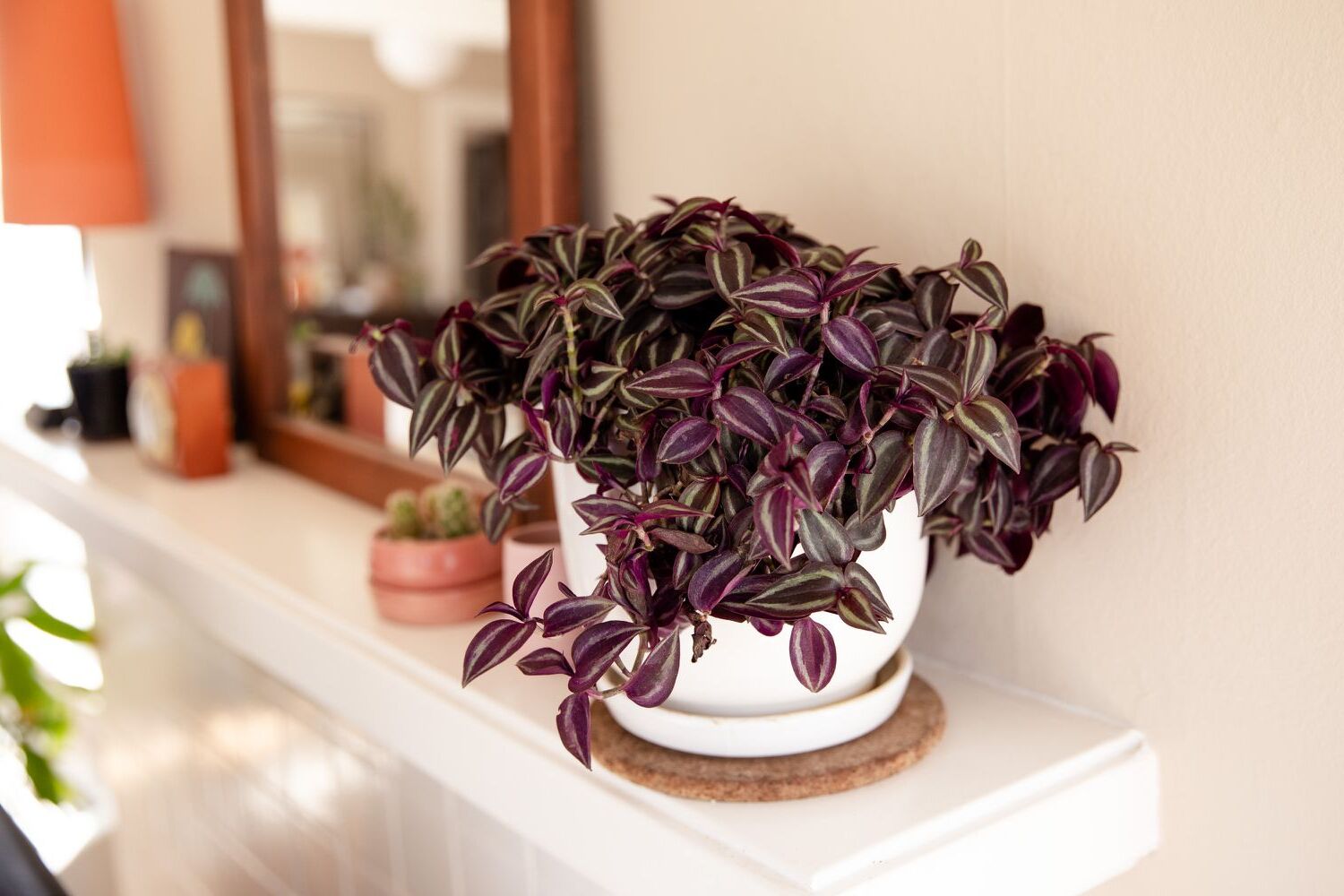
Spiderwort is a fascinating plant with a lot to offer. Ever wondered why it’s called spiderwort? The name comes from the sticky, spider web-like sap that oozes from its stems when cut. This plant isn’t just a pretty face; it’s also a hardy survivor. Spiderwort can thrive in various conditions, from full sun to partial shade, making it a versatile addition to any garden. Its vibrant blue, purple, or pink flowers bloom in the morning and close by afternoon, adding a dynamic touch to your landscape. Plus, it’s a favorite among pollinators like bees and butterflies. Ready to learn more? Let’s dive into 22 intriguing facts about this resilient and beautiful plant.
What is Spiderwort?
Spiderwort, a charming and resilient plant, belongs to the genus Tradescantia. Known for its vibrant flowers and easy maintenance, it’s a favorite among gardeners. Let’s dive into some fascinating facts about this unique plant.
-
Spiderwort gets its name from its sap. When the plant is cut, it exudes a sticky, thread-like sap that resembles a spider’s web.
-
It belongs to the Commelinaceae family. This family includes around 40 genera and 650 species, making it quite diverse.
-
Spiderwort flowers are usually blue or purple. However, they can also be pink, white, or even yellow, depending on the species.
Growing Conditions for Spiderwort
Understanding the ideal growing conditions can help you cultivate a thriving spiderwort plant. Here are some key points to consider.
-
Spiderwort thrives in partial shade. While it can tolerate full sun, partial shade helps maintain its vibrant colors.
-
It prefers moist, well-drained soil. Consistent moisture is crucial, but the soil should not be waterlogged.
-
Spiderwort is hardy in USDA zones 4-9. This makes it suitable for a wide range of climates.
Unique Characteristics of Spiderwort
Spiderwort stands out due to several unique characteristics that make it a fascinating plant.
-
The flowers open in the morning and close by afternoon. Each bloom lasts only a day, but new flowers open daily during the blooming season.
-
Spiderwort has grass-like leaves. These leaves can grow up to 24 inches long, adding a lush, green backdrop to the vibrant flowers.
-
It can grow up to 2 feet tall. This makes it a great option for adding height to garden beds.
Benefits of Spiderwort
Beyond its beauty, spiderwort offers several benefits that make it a valuable addition to any garden.
-
It attracts pollinators. Bees, butterflies, and other pollinators are drawn to its flowers, helping to support local ecosystems.
-
Spiderwort is deer-resistant. This makes it a good choice for gardens in areas with high deer populations.
-
It has medicinal properties. Traditionally, spiderwort has been used to treat various ailments, including insect bites and minor wounds.
Spiderwort in Culture and History
Spiderwort has a rich cultural and historical background that adds to its allure.
-
Native Americans used spiderwort for food and medicine. The leaves and stems were often cooked and eaten, while the plant’s sap was used for medicinal purposes.
-
It was named after John Tradescant. John Tradescant the Elder and his son, both notable botanists, are honored in the plant’s scientific name, Tradescantia.
-
Spiderwort is sometimes called “widow’s tears.” This name comes from the plant’s sap, which was believed to resemble the tears of a grieving widow.
Varieties of Spiderwort
There are numerous varieties of spiderwort, each with its own unique features.
-
Tradescantia virginiana is a popular variety. Known for its striking blue flowers, it’s a common choice for gardens.
-
Tradescantia zebrina has striped leaves. This variety is often grown as a houseplant due to its attractive foliage.
-
Tradescantia pallida has purple leaves. Also known as “purple heart,” this variety adds a splash of color to any garden.
Caring for Spiderwort
Proper care ensures that your spiderwort plant remains healthy and vibrant.
-
Prune regularly to encourage new growth. Cutting back the plant after the first bloom can promote a second flowering.
-
Divide every few years. This helps prevent overcrowding and keeps the plant healthy.
-
Watch for pests and diseases. Spiderwort is generally hardy, but it can be susceptible to aphids and spider mites.
-
Fertilize in spring. A balanced fertilizer can help support healthy growth and vibrant blooms.
Spiderwort's Unique Charm
Spiderwort isn't just another plant in the garden. Its vibrant flowers and hardy nature make it a standout. This plant's ability to thrive in various conditions, from full sun to partial shade, shows its adaptability. Plus, its edible leaves and medicinal properties add extra value.
Gardeners love spiderwort for its low maintenance and long blooming period. It attracts pollinators like bees and butterflies, enhancing the garden's ecosystem. Whether you're a seasoned gardener or a newbie, spiderwort offers something special.
So, next time you're planning your garden, consider adding spiderwort. Its beauty, versatility, and benefits make it a worthy addition. You'll find that this plant not only brightens up your space but also brings a touch of nature's resilience and charm. Happy gardening!
Was this page helpful?
Our commitment to delivering trustworthy and engaging content is at the heart of what we do. Each fact on our site is contributed by real users like you, bringing a wealth of diverse insights and information. To ensure the highest standards of accuracy and reliability, our dedicated editors meticulously review each submission. This process guarantees that the facts we share are not only fascinating but also credible. Trust in our commitment to quality and authenticity as you explore and learn with us.


